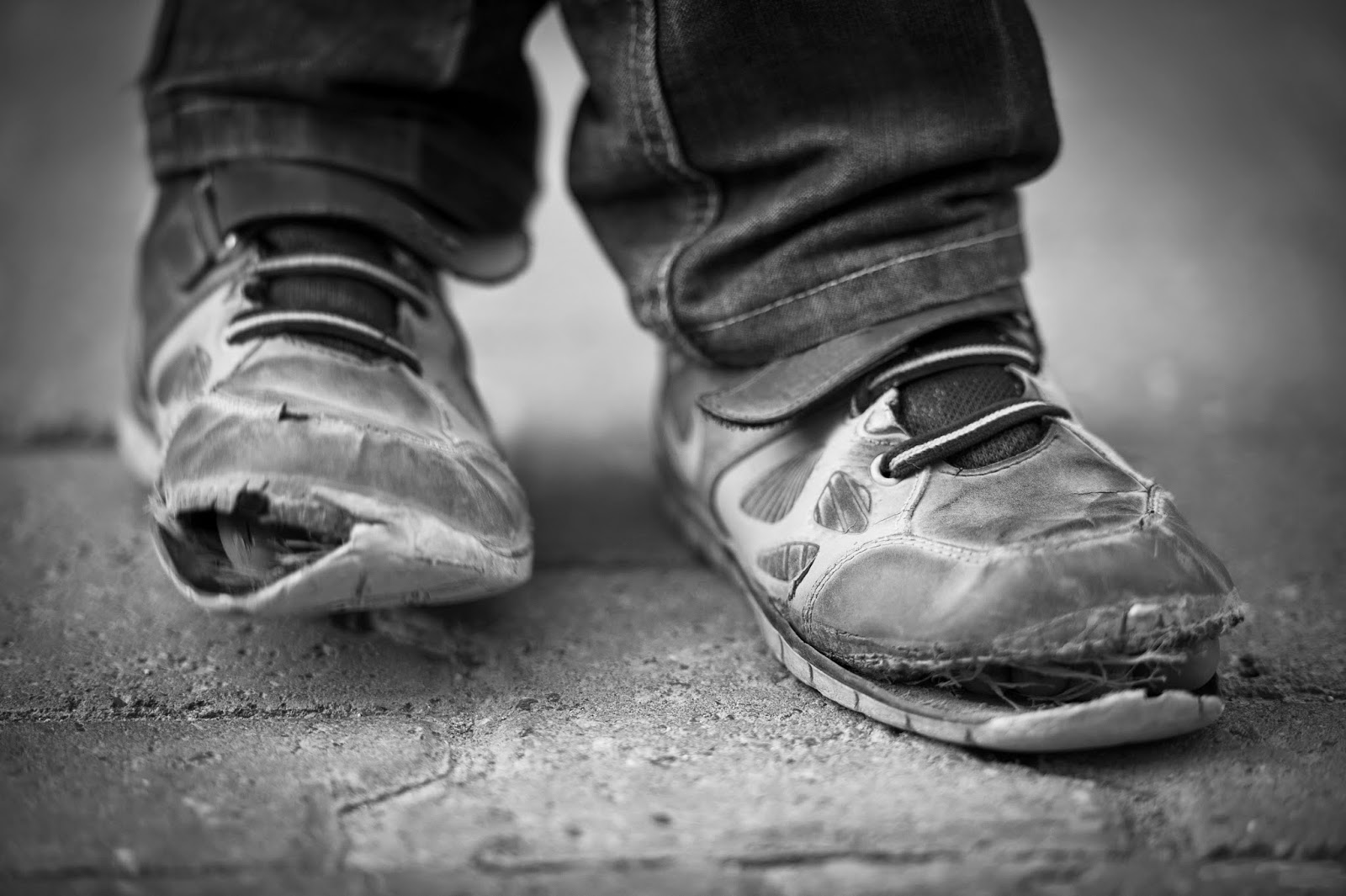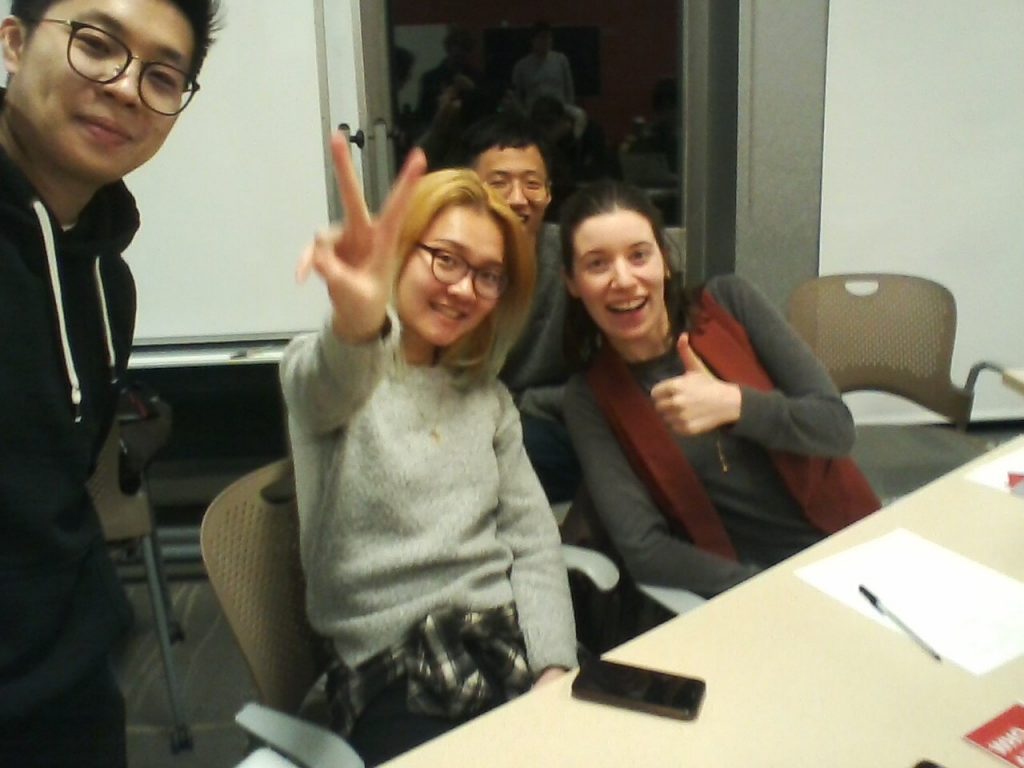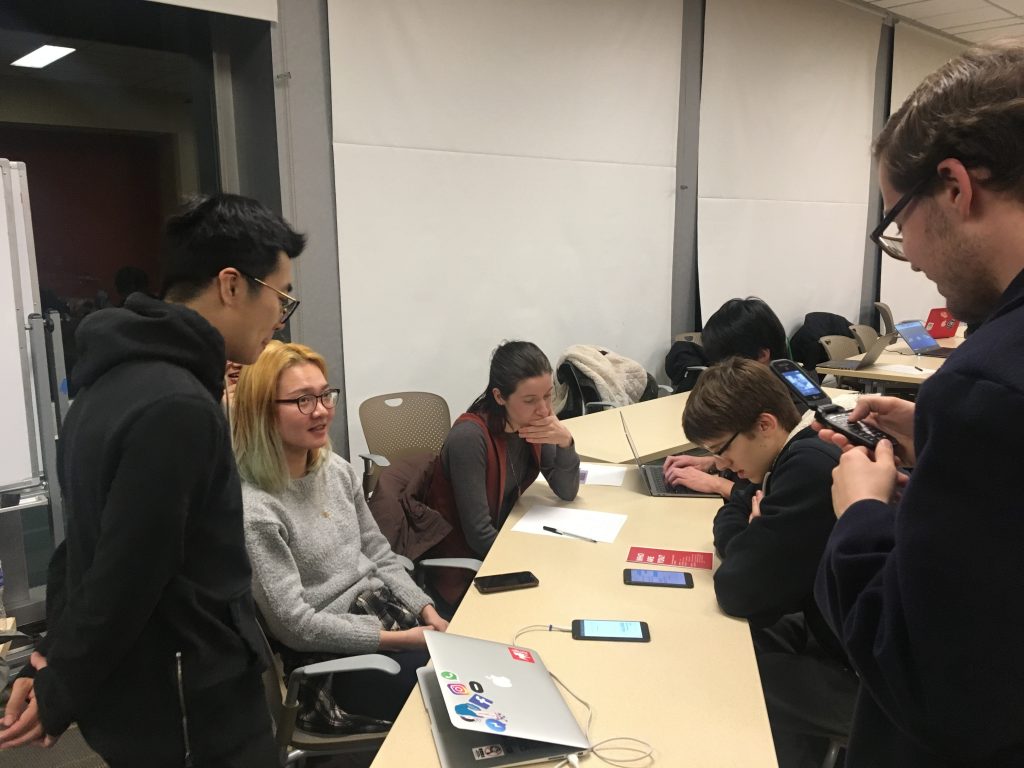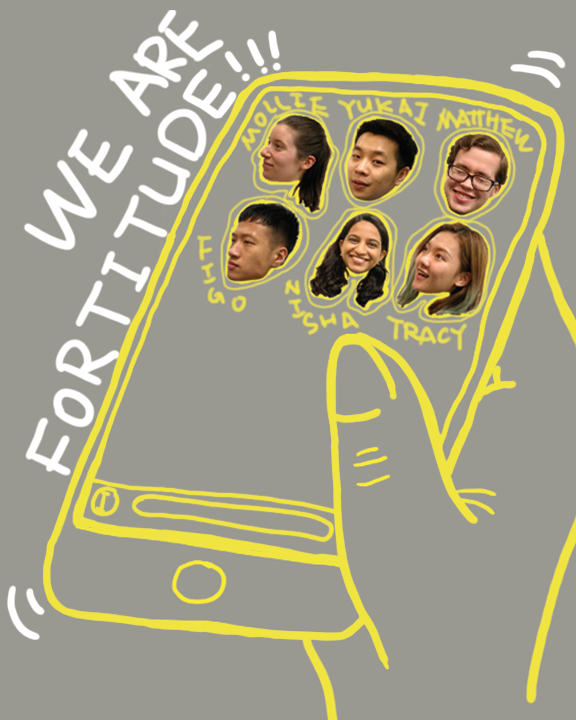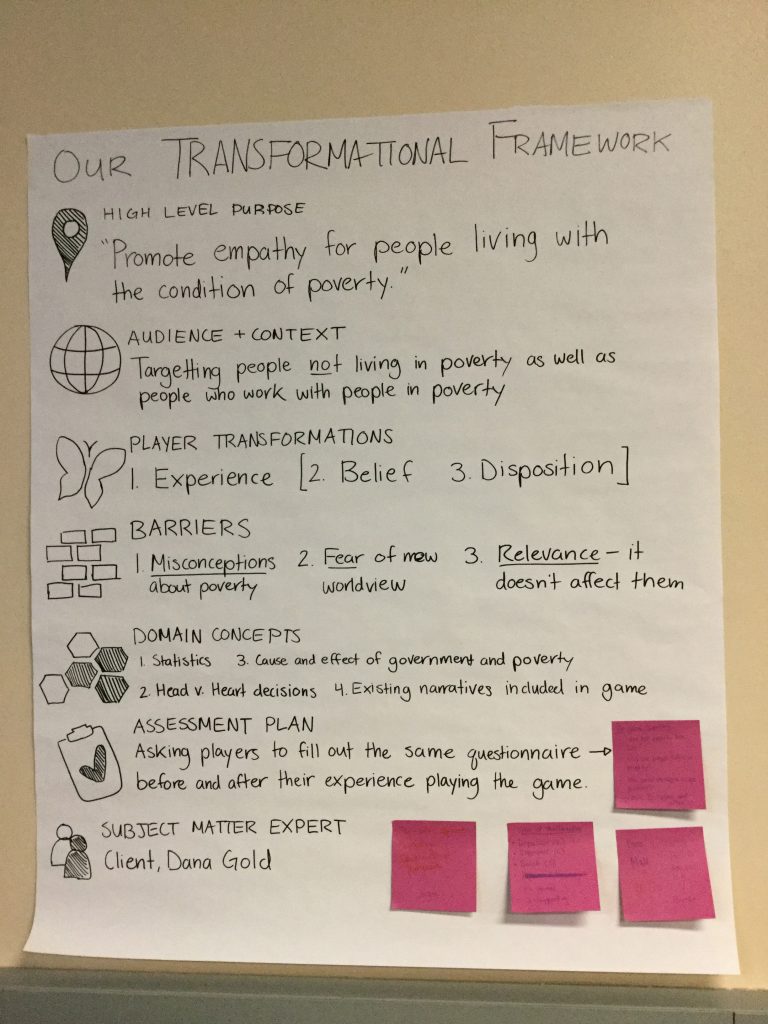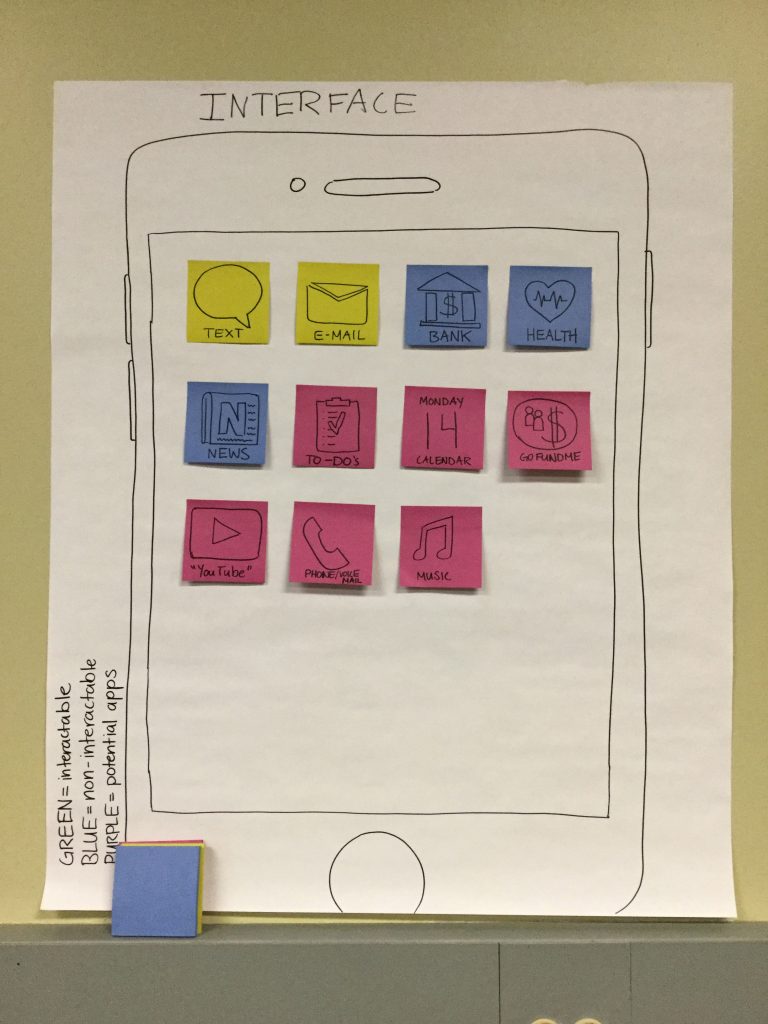This week saw a big step in the development, specifically because we’re moving into the stage that everyone has produced enough content for us to start connecting the different pieces we’ve made individually into one more cohesive app. We’ve interfaced a lot with each other, helped each other interface with content that other team members created, and helped players interface with the app.
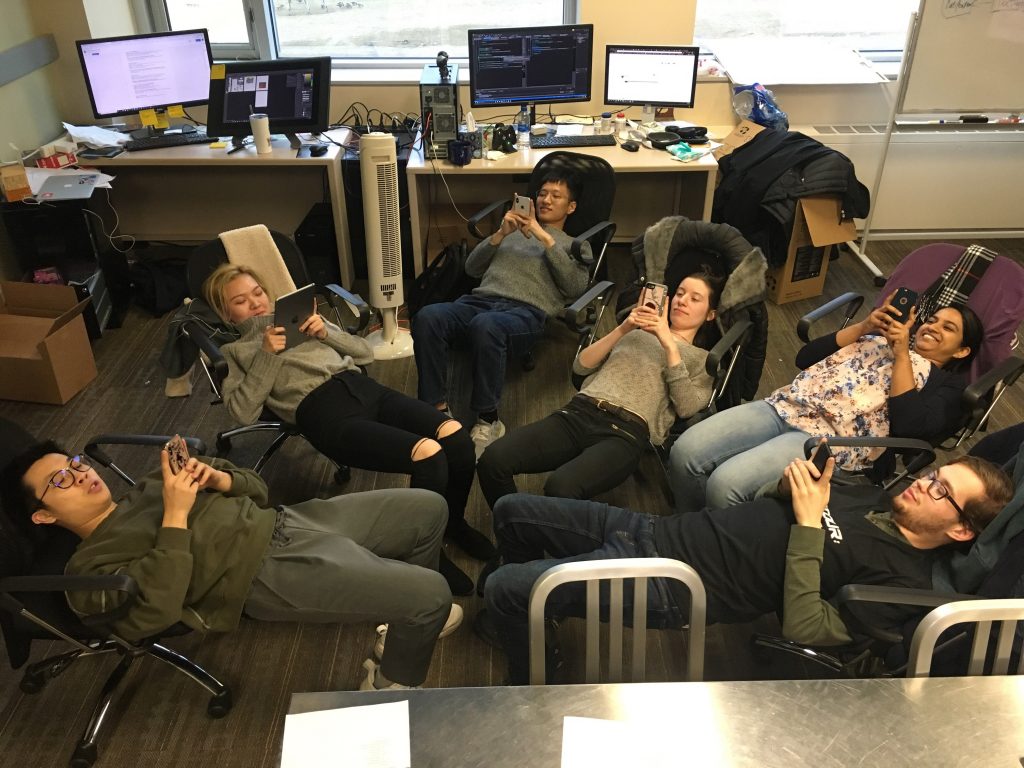
The design of the game hasn’t gone through many huge changes this week, but we have been experimenting with the level of interaction players could potentially have with the characters in the game. Once again, we went to playtest night to get more data. We brought three text conversations to playtest night: one was a conversation with the player character’s father to decide whether or not to go to grad school, which only had one choice for the player (and therefore only one interactive moment), but it was a meaningful one. The second was a conversation where an old friend asked to pay you to store some of their things in your home, which had many choices, albeit not extremely significant ones. The third was a conversation with your addict sister, whose children were being taken away from her, and the player had to decide to either take her kids or let them go into the foster system. This conversation also had many choices, though the outcomes of them were much more significant. We asked playtesters to assess their feelings of freedom and satisfaction in the different conversations, regardless of the subject matter. Judging by the data we received, it seemed that players didn’t care so much about the nature of the decisions they had to make, but having any choice was better than having none. There were also some testers who were uncomfortable with the conversation with the addict sister, due to the very serious and heavy nature of the conversation and that no choice seemed like a very good answer. This is a feeling we want players to have, since these emotions best convey the struggle that those in poverty face, though this reaction has prompted us to save the majority of these types of conversations for later in the game, when there is less of a danger of players abandoning the game because it’s too heavy, when in truth they had only experienced a small, heavier than average slice of it.
Another question we’re still trying to answer is what the overarching goal of the game is. The strongest contenders are to either have no specific goal and see how well players do over a predetermined period of time or to have the game progress through the whole span of a GoFundMe fundraiser. The downside of the former is that our game may too closely mirror Spent, which has the same goal and play process. The downside of the latter is that it may reduce the needs of people in poverty to purely financial, and that all decisions boil down to money, when in reality these people live so much more complex lives. We plan on testing the use of a GoFundMe App as a relationship bank in the next phase of playtesting, so we can find out if players read it more as a social or financial indicator.
Aside from these major decisions, the design team has written more conversations that will take place in the texting app, which have been implemented into the game. The flow of the game has also been created; the game will be divided into three chunks, each starting with a news notification and ending with three conversations (two over text and one over email) that the player can play through in whichever order they please. Which conversations will happen in which chunk has also been decided.
As mentioned earlier, the programmers have begun to interface more with each other this week. The texting app is finished, work has been done on the player character profile (which internally keeps track of the player’s status with their finances and relationships), bank app, and the database that will keep track of player progress and all possible interactions the player could have with other characters in the app. The programmers have been working this week to connect these parts of the app into one cohesive final product. These connections also include connecting the work the designers do with the programming. The programmers will continue to work on this next week as well.
In the art world, work has been done on the layout of the news and email apps, figuring out exactly how and where information will be displayed for the players, as well as the various color schemes and art style.
We’re moving into halves territory, and while we still definitely have our work cut out for us, we feel like we’re on a good path to have a satisfactory amount of work done by the time halves comes in a week. We’ve made a lot of progress in development, and we’re confident that the faculty will realize that when we present the work we’ve done so far.
